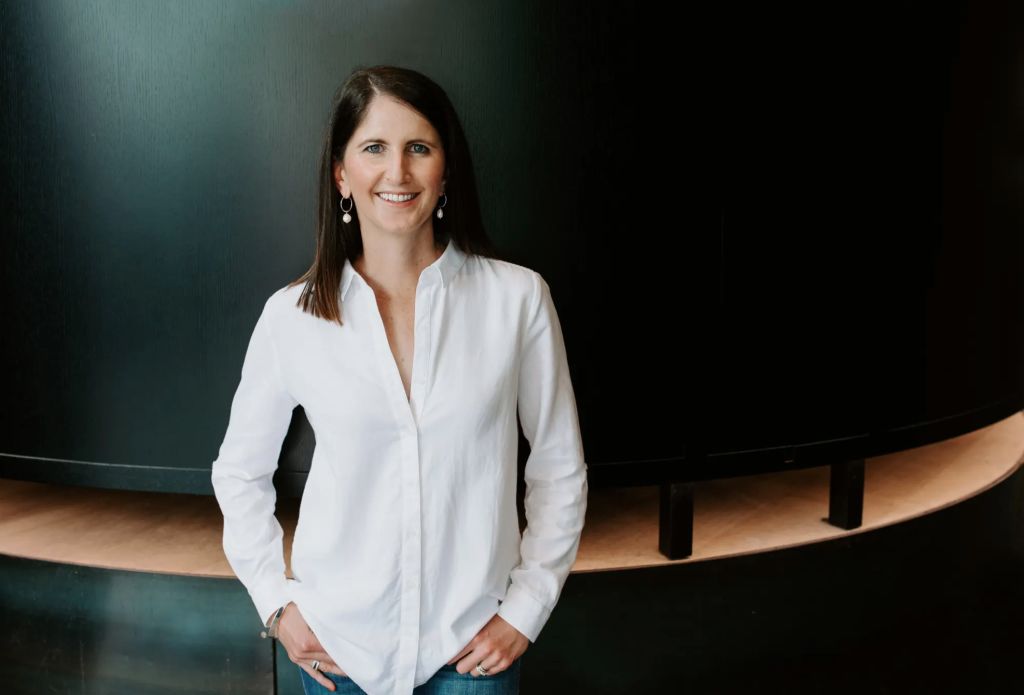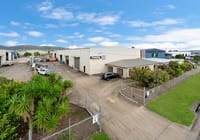
COVID disruption delivers jobs in transport and logistics
Laura Hill’s career history in media and at online marketplace Gumtree may seem an unusual background for someone leading a business in the booming transport and logistics industry. But for the managing director of courier service Sendle Australia, the experience set her up perfectly for the sector.
“It’s first and foremost a customer service industry. You approach a lot of your work from a customer-first lens, which is a skill that is really transferable,” Hill says.
While the pandemic caused havoc for supply chains it also played a huge role in the growth of many transport and logistics businesses.
“During lockdown [in 2021], we saw nationwide parcel volumes increase by 98 per cent compared to pre-pandemic [2019] levels,” says Hill.
An expanded industry means an increasing number of career opportunities and new roles across operations, marketing, sales and technology.
“The transport and logistics industry is at the forefront of technological innovation, [using] robotics, automation and artificial intelligence,” notes Hill. “Working in the field, you can gain exposure to emerging technologies … and keep your skills current in a digital economy.”
While parcel deliveries are a highly visible side to the sector, waste management is something few think about unless something goes wrong. But for Hannah Stewart, operations manager at Stows Waste Management, it’s an area of transport and logistics filled with interesting career opportunities.
“Despite what many may think, working in the liquid and reportable priority waste industry is exciting … there is always something new to learn,” Stewart says. “Often very obscure jobs arise and we have the opportunity to look at waste and investigate if it has an opportunity to become a resource, and if so, how it be best utilised.
CEO of B dynamic Logistics, Mal Siriwardhane, agrees that COVID-19 fast-tracked the maturity of the industry.
“The accuracy of supply chain planning has become an area of significant focus,” he says. “This has opened up new supply chain planning opportunities including technology developments. The labour shortage has also created solution design and automation sector career opportunities.”
Like Hill, Siriwardhane says keeping the customer front of mind is key to most roles across the sector. His organisation aims to attract logical thinkers with a “disciplined approach to client service” and strong interpersonal skills.
“The scope of diversity and demand of the roles [across operations, compliance, commercial or management] provides motivation and keeps interest for the industry at a high for many people,” he says.
While the industry is currently mostly skewed towards males, Siriwardhane is proud that his organisation is breaking the mould. In particularly, a strong induction program has allowed B dynamic Logistics to attract women with no industry experience to the organisation.
“The industry globally employs two per cent women. We employ 50 per cent,” he says.
As a female in the sector, Stewart from Stows Waste Management is glad to see the gender balance shift. For her, membership of organisations like the Transport Women Australia Limited has been extremely beneficial.
“The connections and friendships I have give me so much support and encouragement,” she says.











